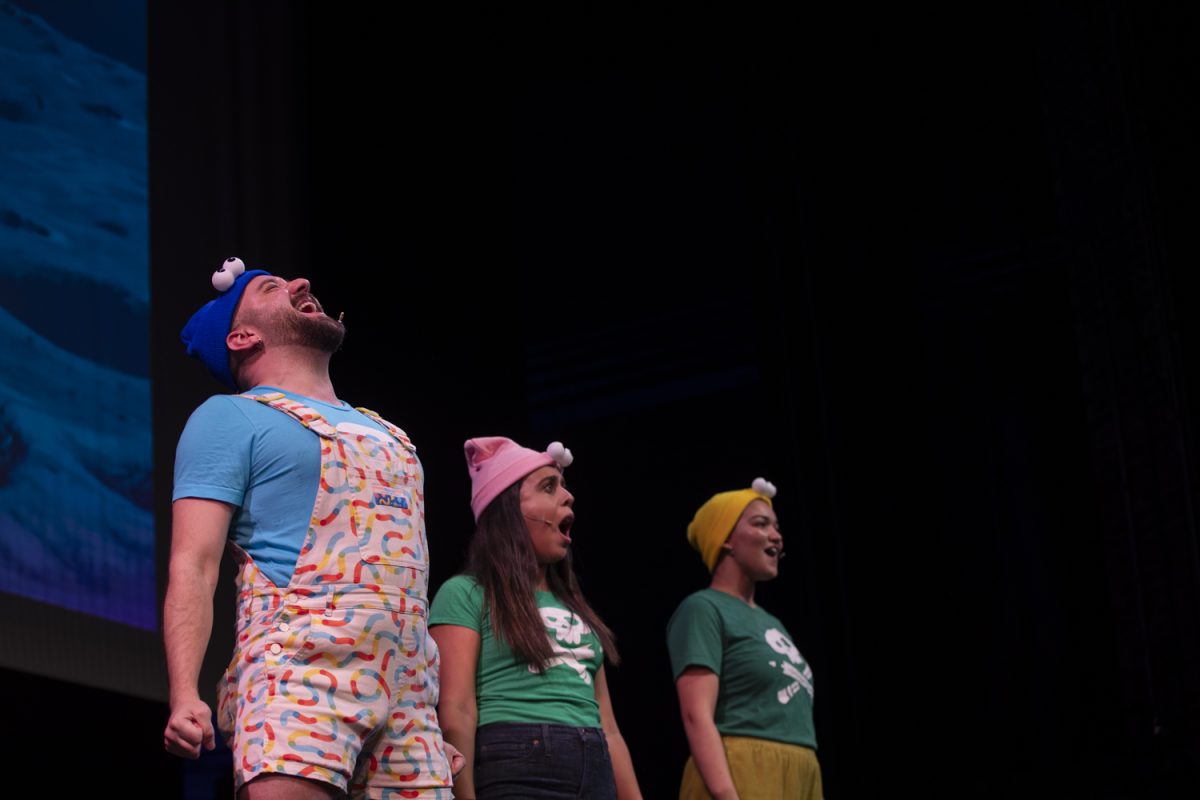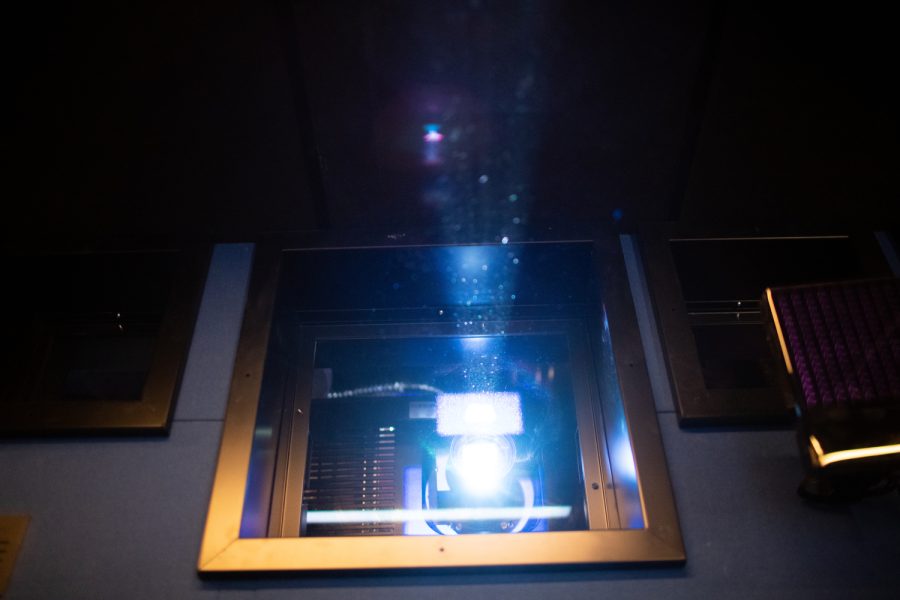A bride covered in blood may create a gory and unpleasant image. However, the mind of an art lover may naturally drift to printmaker, and former University of Iowa Professor Mauricio Lasansky and his color print Bodas de Sangre (which literally translates into “Wedding of Blood” or “Blood Wedding”).
“It’s a very well-known work,” said director of the UI School of Art and Art History John Scott. “It’s an example of how serious the subject matter that he engaged was.”
Blood Wedding, along with four other of the artist’s prints and those of five of his formers students — Lee Chesney, Barbara Fumagalli, Arthur Levine, Janet K. Ruttenberg, and Donn Steward — have been on display in Art Building West’s Levitt Gallery since Aug. 25.
Dubbed “master printmaker” by the New York Times in 2012, Lasansky’s prints are something worth seeing, said UI art administrative services coordinator Annette Niebuhr.
“It was fun to see the whole [exhibition] come together, and to see how pleased the artists were with the exhibition,” said Niebuhr, who coordinated many different pieces of the project. “We have had lots of people come to view it, which is gratifying.”
For those who have yet to visit the exhibition, the last day is fast approaching; however, today and Friday from 10 a.m. to 6 p.m., people may see Lasansky’s prints as well as the art produced by his former students.
“The exhibition really explores not only Lasansky himself as an artist but how his thinking was taken up by his students and carried on in their own careers,” Scott said. “He taught them what it was to be an artist and the lifelong commitment that that takes.”
Not only did Lasansky affect students as a professor at the UI, but he also established the school’s printmaking program, which has been considered one of the country’s finest. The exhibition represents only the first generation of artists that the printmaker produced, but several more of his students followed before he retired, Scott said.
“He was strict about technique,” Niebuhr said. “But he wanted his students to experiment and work from the heart. It’s amazing how many of his former students are still working artists.”
Lasansky’s distinctive style of art makes his influence in his students’ artwork easily recognizable. The printmaker is known for his use of layering numerous techniques in his artwork.
“Lasansky was a fearless printmaker,” said Sarika Sugla, a printmaker who helped select the final works included in the exhibition.
“His use of numerous techniques in any given work activates both the image and the viewer’s understanding of it and encourages artists to take whatever steps necessary to make an image or work successful.”
What: Mauricio Lasansky and the First-Generation Exhibition






